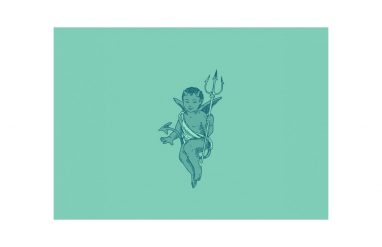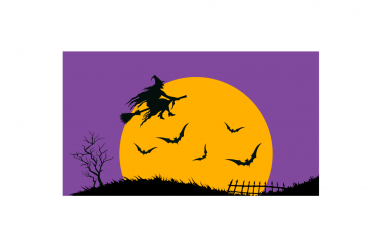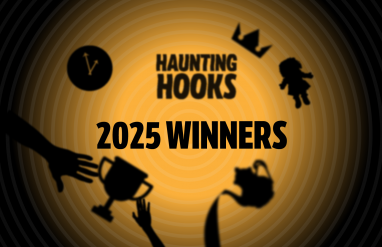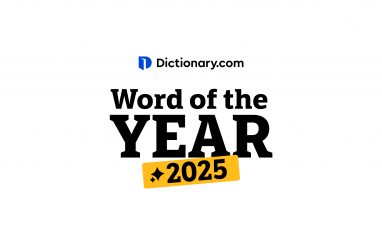Intersectionality
Intersectionality was coined by legal scholar, civil rights advocate, and lawyer Kimberlé Crenshaw in 1989.
It is a noun that describes the theory of overlap within various social identities—such as race, gender, sexuality, and class—which can contribute to the systemic oppression and discrimination an individual experiences. For example, a queer woman discussing the discrimination she has faced due to both her sexual orientation and gender could talk about the intersectionality of those biases.
Intersectionality is also used when discussing the oppression and discrimination that results from the overlap of a person’s social identities. Women of color, for example, experience an intersectionality of oppression as it relates to both their gender and their race.
When Crenshaw coined the term, she did so to discuss the nuances in discrimination that Black women face. She believed that one could not understand the discrimination as two separate things (being Black and being a woman), but instead needed to consider the effects the two identities had on each other: the discrimination facing Black women.
Today, Twitter threads discussing feminism are full of variations of Crenshaw’s theory. Many women, especially women of color, use intersectionality as a way to recenter feminism so that it does not focus on the plight of white women but instead opens the door to discussing the advancement and struggles of all women, especially those with multiple social identities who are faced with additional hurdles when seeking equality.
WATCH: Do You Know If Intersectionality Affects You?





















